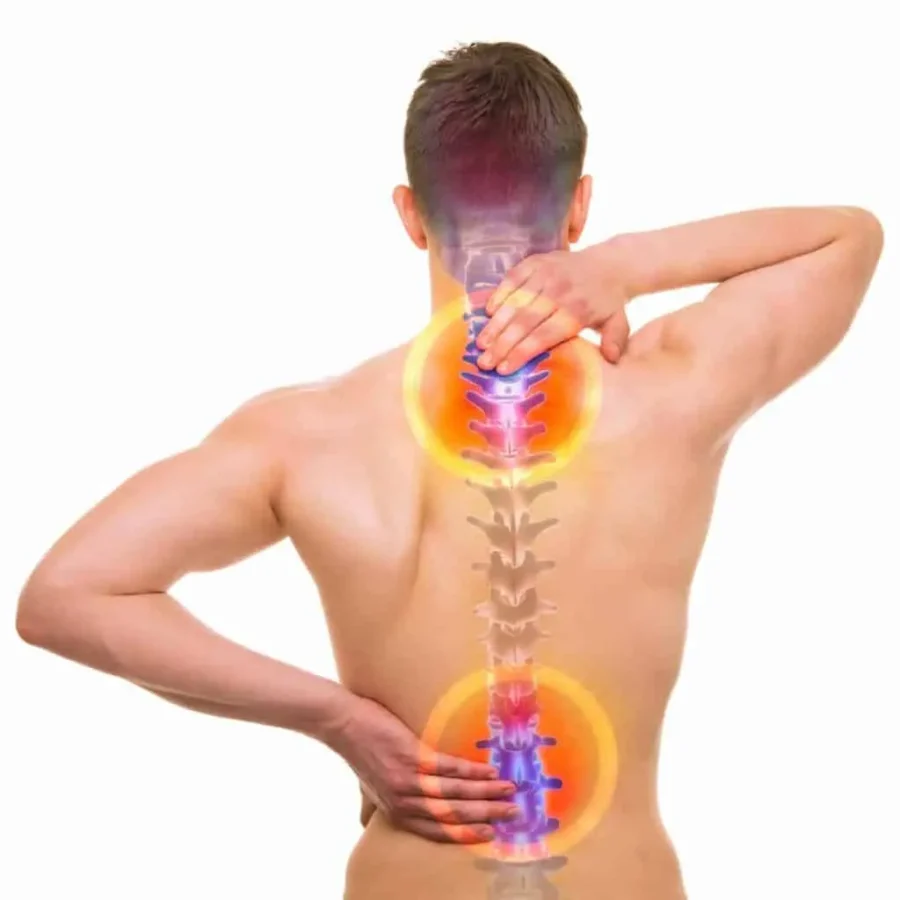Low back pain can result from many different injuries, conditions or diseases — most often, an injury to muscles or tendons in the back.
Pain can range from mild to severe. In some cases, pain can make it difficult or impossible to walk, sleep, work or do everyday activities.
Usually, lower back pain gets better with rest, pain relievers and physical therapy (PT). Cortisone injections and hands-on treatments (like osteopathic or chiropractic manipulation) can relieve pain and help the healing process. Some back injuries and conditions require surgical repair.
Symptoms of lower back pain can come on suddenly or appear gradually. Sometimes, pain occurs after a specific event, such as bending to pick something up. Other times, you may not know what caused the pain.
Pain may be sharp or dull and achy, and it may radiate to your bottom or down the back of your legs (sciatica). If you strain your back during an activity, you may hear a “pop” when it happened. Pain is often worse in certain positions (like bending over) and gets better when you lie down.
Other symptoms of lower back pain include It may be tough to move or straighten your back. Getting up from a seated position may take a while, and you might feel like you need to walk or stretch to loosen up. You may notice decreased range of motion. Many people with back pain find it hard to stand up straight. You may stand “crooked” or bent, with your torso off to the side rather than aligned with your spine.
Your lower back may look flat instead of curved.After a strain, muscles in the lower back can spasm or contract uncontrollably. Muscle spasms can cause extreme pain and make it difficult or impossible to stand, walk or move.
Many injuries, conditions and diseases can cause lower back pain.
They include back strains and sprains are the most common cause of back pain. You can injure muscles, tendons or ligaments by lifting something too heavy or not lifting safely. Some people strain their back by sneezing, coughing, twisting or bending over.
The bones in the spine can break during an accident, like a car crash or a fall. Certain conditions (such as spondylolysis or osteoporosis) increase the risk of fractures.
Disks cushion the vertebrae (small spinal bones). Disks can bulge from their position in the spine and press on a nerve.









